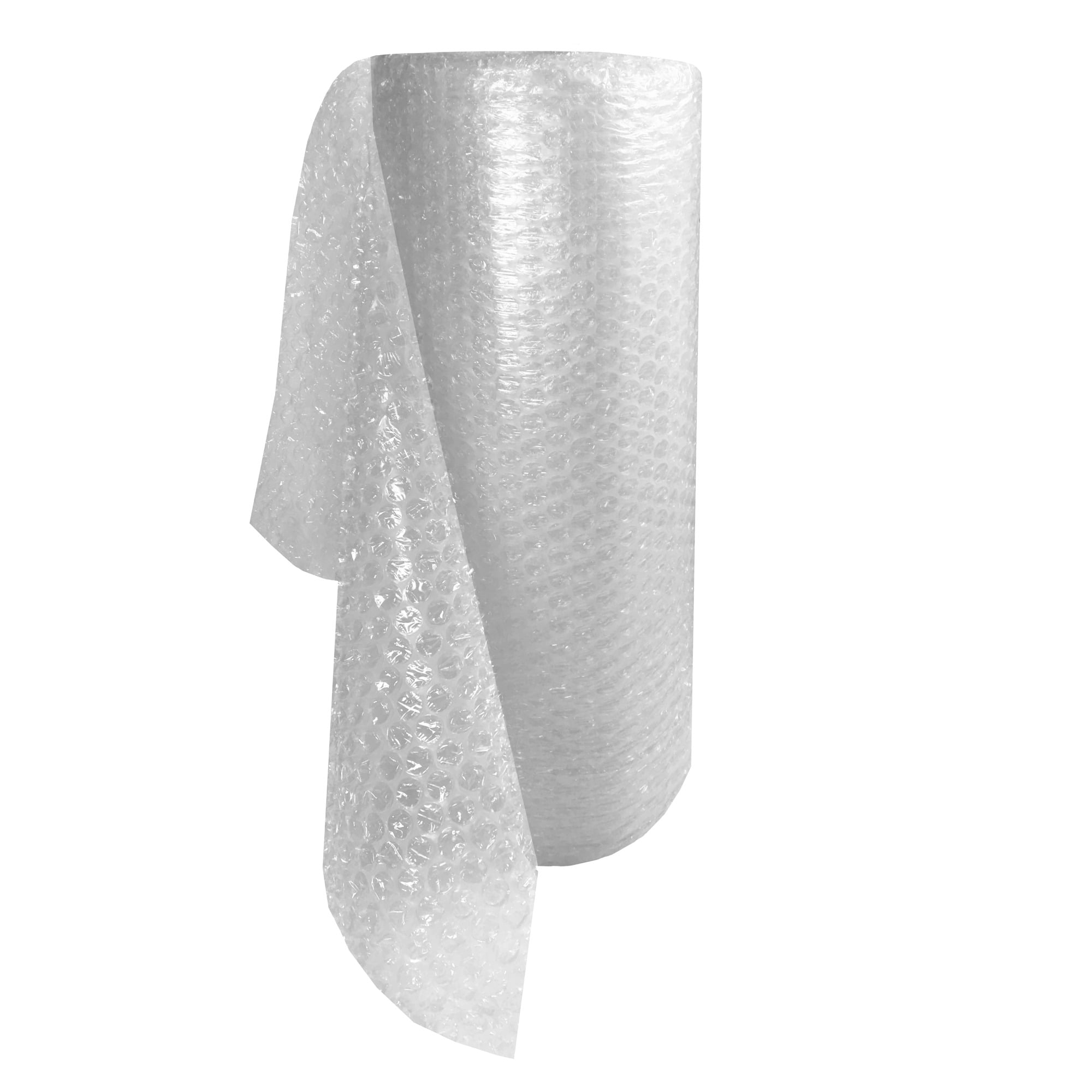Bubble Wrap Chronicles: History, Uses, and Fun Facts
Bubble Wrap Chronicles: History, Uses, and Fun Facts
Blog Article
packing tape is a ubiquitous packaging substance renowned for its atmosphere-packed pockets that provide shock absorption and protection for delicate things during shipping and handling. Considering that its technology, bubble wrap has transformed how goods are moved, making sure they attain their location unscathed.

Background and Innovation
Bubble wrap was invented in 1957 by designers Alfred Fielding and Marc Chavannes so as to build a textured wallpaper. Despite the fact that their initial thought was not productive, they quickly saw that the product possessed wonderful potential like a wrapping substance. By 1960, they founded Enclosed Air flow Firm and started advertising bubble wrap primarily for wrapping, a function it has served exceptionally well since.
Make up and Variations
Bubble wrap is generally made from polyethylene, a standard and adaptable plastic material. The method consists of creating tiny, routinely spread out oxygen pockets between two levels of plastic material video. The environment pockets serve as soft cushions, taking in jolt and shielding breakable items from injury. The dimensions of the bubbles may differ, with smaller sized bubbles supplying much more protection against small protrusions and larger bubbles providing better shock absorption for weightier things.
Several variants of bubble wrap can be found to serve different needs:
Regular Bubble Wrap: The most typical variety, used for standard-function packaging.
Anti--Fixed Bubble Wrap: Made for protecting electrical components, this variant stops stationary electric power build-up that could damage delicate electronic products.
Personal-Sticky Bubble Wrap: Includes a tacky work surface that stays to itself without needing more tape, making it easier to wrap products safely.
Eco Friendly Bubble Wrap: Made out of reprocessed components or designed to be able to degrade, this version serves eco-sensitive consumers.
Software
Bubble wrap’s major use is at packing, where it safeguards items such as electronics, glassware, and also other delicate goods during shipping and delivery. Above packaging, bubble wrap found different apps:
Heat retaining material: You can use it as a short-term insulation substance for home windows and greenhouses for its air flow-loaded wallets providing thermal amount of resistance.
Tension Comfort: The action of popping bubble wrap bubbles has become a popular pressure-alleviation action. The sensory encounter and also the total satisfaction in the popping noise can offer a momentary diversion and rest.
Projects and DIY Assignments: Bubble wrap is normally utilized in various products, delivering feel in paintings or serving as a mold for developing unique habits in pottery.
Environment Considerations
Despite its many uses, bubble wrap creates environmental challenges. Being a plastic-type product, it plays a part in the increasing difficulty of plastic-type material waste materials. Efforts are simply being intended to street address these problems through the development of eco-helpful alternate options, for example able to degrade bubble wrap made from plant-structured components or place which is easily recyclable.
Customers and companies may also be inspired to reuse bubble wrap whenever you can. Reusing bubble wrap for multiple deliveries or repurposing it for family use will help reduce its environmental footprint. Furthermore, proper fingertips and recycling can minimize a few of the enviromentally friendly impacts.
Verdict
Bubble wrap has become an indispensable area of the shipping and product packaging market for its efficient safety characteristics. From the roots being a was unsuccessful wallpapers concept to the existing reputation as a product packaging staple, bubble wrap has proven to be an adaptable and beneficial substance. Nonetheless, as environment worries increase, it is important to find out and support a lot more sustainable options and procedures to ensure that bubble wrap is still a useful yet ecologically sensible product. Report this page